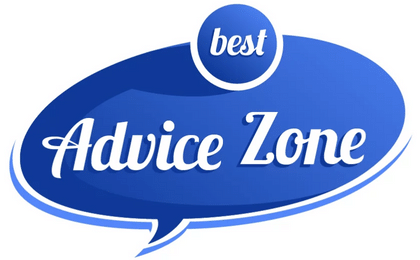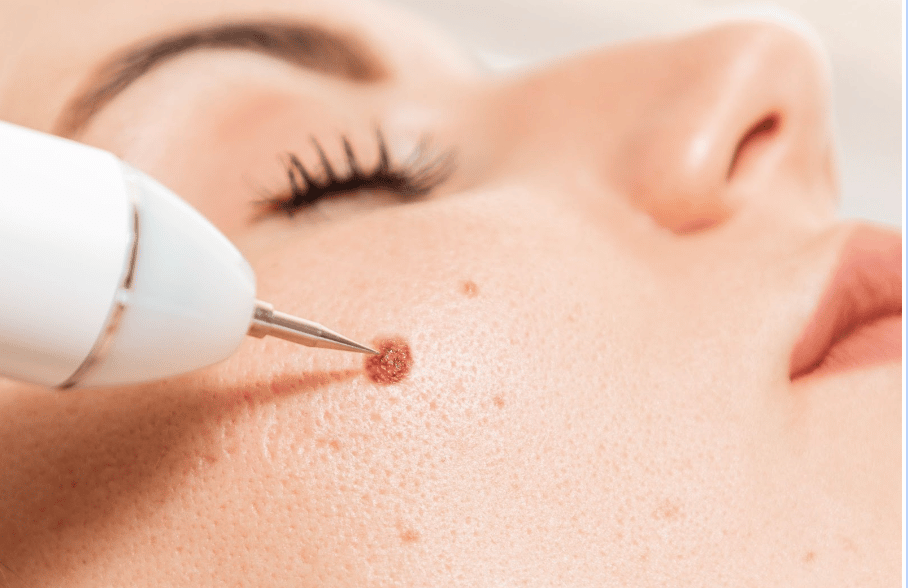Deciding on the right rehab in Lafayette, Indiana is a critical step toward recovery. With so many options available, it’s important to understand the differences between inpatient and outpatient rehab to make the best choice for your situation.
Both treatment types offer effective support, but they vary in structure, cost, commitment level, and success rates. The key is finding the program that aligns with your lifestyle, addiction severity, and personal goals. Below, we break down the major differences to help you make an informed decision.
Understanding the Treatment Structure
The structure of a rehab program plays a significant role in recovery. Some people need a highly controlled environment, while others do better with flexibility.
Inpatient Rehab: Intensive and Immersive
Inpatient rehab, also called residential treatment, requires individuals to live at a treatment facility for a set period. This structure ensures round-the-clock supervision, medical care, and a distraction-free environment.
Here’s what to expect from inpatient rehab:
- Length of Stay – Typically 30, 60, or 90 days, with some long-term programs lasting up to a year.
- Daily Schedule – Highly structured with therapy, group sessions, wellness activities, and educational programs.
- Detox Support – Many facilities provide medically supervised detox for a safe withdrawal process.
- Community Environment – Patients build connections with others in recovery, fostering support and accountability.
This option is best for individuals struggling with severe substance use disorders, co-occurring mental health conditions, or those who have relapsed multiple times. The immersive nature of inpatient rehab helps individuals develop new habits without external triggers.
Outpatient Rehab: Flexible and Accessible
Unlike inpatient rehab, outpatient programs allow individuals to live at home while receiving treatment. This option works well for those with mild to moderate addiction or responsibilities that prevent them from attending a full-time residential program.
Key aspects of outpatient rehab include:
- Program Duration – Can last anywhere from a few weeks to a year, depending on progress and needs.
- Session Frequency – Ranges from a few hours per week to several sessions per day (as seen in Intensive Outpatient Programs or Partial Hospitalization Programs).
- Support System – Patients must have a stable home environment to avoid exposure to triggers.
- Independence – Individuals maintain daily responsibilities while attending therapy sessions.
If maintaining work, school, or family commitments is essential, outpatient rehab provides the flexibility needed to balance recovery with daily life.
Weighing the Costs and Insurance Options
Cost is a major factor when choosing a rehab program, and prices vary based on treatment duration, amenities, and level of care. Understanding your financial options can help you plan effectively.
Inpatient Rehab: Higher Costs but Comprehensive Care
Because inpatient rehab provides housing, meals, medical care, and therapy, the costs are higher than outpatient programs. Depending on the facility, 30-day programs can range from $5,000 to $60,000.
Fortunately, there are various ways to cover these expenses:
✔ Health Insurance – Many private and government insurance plans cover inpatient rehab, though coverage varies.
✔ Medicaid & Medicare – Some state-funded programs accept Medicaid for eligible individuals.
✔ Payment Plans & Financing – Some facilities offer sliding-scale fees or monthly payment plans.
✔ Scholarships & Grants – Nonprofits and rehab centers may provide financial assistance.
Outpatient Rehab: More Affordable and Insurance-Friendly
Outpatient rehab is often a more budget-friendly alternative, as individuals do not need to pay for full-time housing and meals. The cost typically ranges from $1,000 to $10,000 per month, making it more accessible for many individuals.
Insurance coverage for outpatient rehab is also more widely accepted, and additional payment options include:
✔ Employer Assistance Programs – Some workplaces offer financial aid for addiction treatment.
✔ State and Federal Aid – Government-funded outpatient centers provide lower-cost options.
✔ Self-Pay Discounts – Some rehab facilities offer reduced rates for self-paying patients.
If finances are a concern, outpatient rehab may be the best choice while still providing access to professional treatment.
Commitment and Lifestyle Adjustments
Beyond cost and structure, rehab also impacts your daily life and responsibilities. Some programs require full-time focus, while others allow you to continue your routine.
Inpatient Rehab: A Full-Time Commitment to Recovery
- Requires taking time off from work, school, and family obligations.
- Eliminates outside distractions, allowing for deep healing and recovery.
- Patients adjust to a strict routine that prioritizes therapy and self-care.
Since inpatient rehab requires stepping away from daily life, it may not be ideal for those who cannot take extended leave. However, for those struggling with severe addiction, this break from daily stressors can be essential for long-term recovery.
Outpatient Rehab: Balancing Treatment with Daily Life
- Individuals continue their usual responsibilities while attending treatment sessions.
- Offers flexibility but requires self-discipline to avoid relapse triggers.
- Works best for those with strong family or community support.
If you have a supportive home environment and manageable addiction severity, outpatient rehab allows you to stay engaged in daily life while receiving professional guidance.
Effectiveness and Long-Term Success Rates
Rehab success rates depend on individual commitment, program quality, and post-treatment support. Let’s explore how inpatient and outpatient options compare.
Inpatient Rehab: Higher Success for Severe Addictions
Because inpatient rehab provides constant support and a structured setting, individuals struggling with severe substance use often achieve higher success rates. Benefits include:
✔ Complete removal from triggers and negative influences.
✔ Intensive therapy that addresses the root causes of addiction.
✔ Ongoing medical supervision to prevent complications.
That said, long-term success relies on aftercare, such as transitioning into outpatient programs, sober living homes, or support groups.
Outpatient Rehab: Effective for Those With Strong Support
Outpatient rehab works well for individuals who:
✔ Have mild to moderate addiction.
✔ Are highly motivated to recover.
✔ Have a strong support system at home.
However, relapse risks can be higher if individuals are exposed to negative influences or lack accountability. Long-term success depends on ongoing therapy, lifestyle changes, and continued support.
Making the Best Choice for Your Recovery
Selecting the right rehab in Lafayette, Indiana depends on multiple factors, including your addiction severity, lifestyle needs, and support system. Here’s a final breakdown to help guide your decision:
✅ Choose Inpatient Rehab If:
- You need a highly structured environment free from distractions.
- You struggle with severe addiction or repeated relapses.
- You require 24/7 medical supervision or detox support.
- You are ready to step away from daily life to fully focus on recovery.
✅ Choose Outpatient Rehab If:
- You have mild to moderate addiction with a strong desire to recover.
- You need to maintain work, school, or family responsibilities.
- You have a supportive home environment with minimal triggers.
- You want an affordable and flexible treatment option.
No matter which option you choose, taking the first step toward recovery is what truly matters. If you or a loved one needs help, don’t wait—reach out to a Lafayette rehab center today and start your journey toward a healthier, sober life.











